Restoration Initiatives
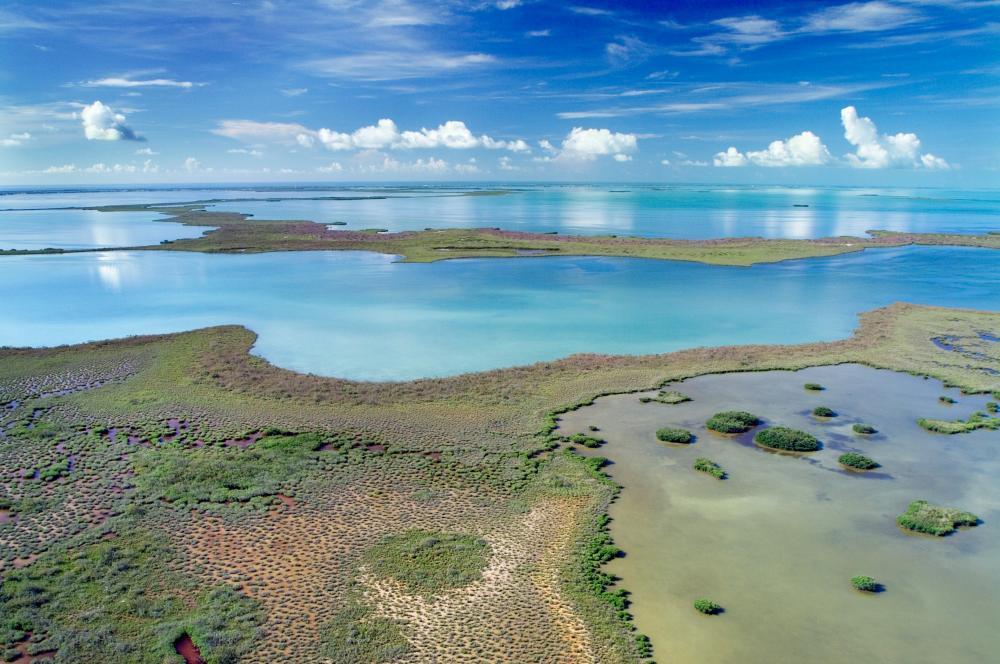
Everglades Restoration
As early as the 1880s, the natural flow of water in South Florida was altered to make the land more habitable. The construction of roads, canals and levees created barriers that interrupt the flow that wetland habitats, such as the Everglades, need to survive.
Restoration initiatives are focused on improving water quality and restoring the hydrology and ecology of the Everglades ecosystem, an area covering 18,000 square miles. The South Florida Water Management District (SFWMD) leads these restoration initiatives in partnership with the Florida Department of Environmental Protection, along with other state and federal agencies.
EVERGLADES AGRICULTURAL AREA RESERVOIR AND A-2 STORMWATER TREATMENT AREA
As a component of the Comprehensive Everglades Restoration Plan, the Everglades Agricultural Area (EAA) Reservoir Project will send clean water south to the Everglades while reducing the frequency and duration of discharge events from Lake Okeechobee to the east and west coasts. The project includes a combination of canals, a stormwater treatment area (STA) and a storage reservoir — all intended to improve water quality and quantity in America’s Everglades and across South Florida.
Governor DeSantis’ Executive Order 19-12, Achieving More Now for Florida's Environment, directed the SFWMD to expedite the EAA Reservoir Project. The SFWMD began construction of the STA ahead of schedule in April 2020.
C-43 RESERVOIR
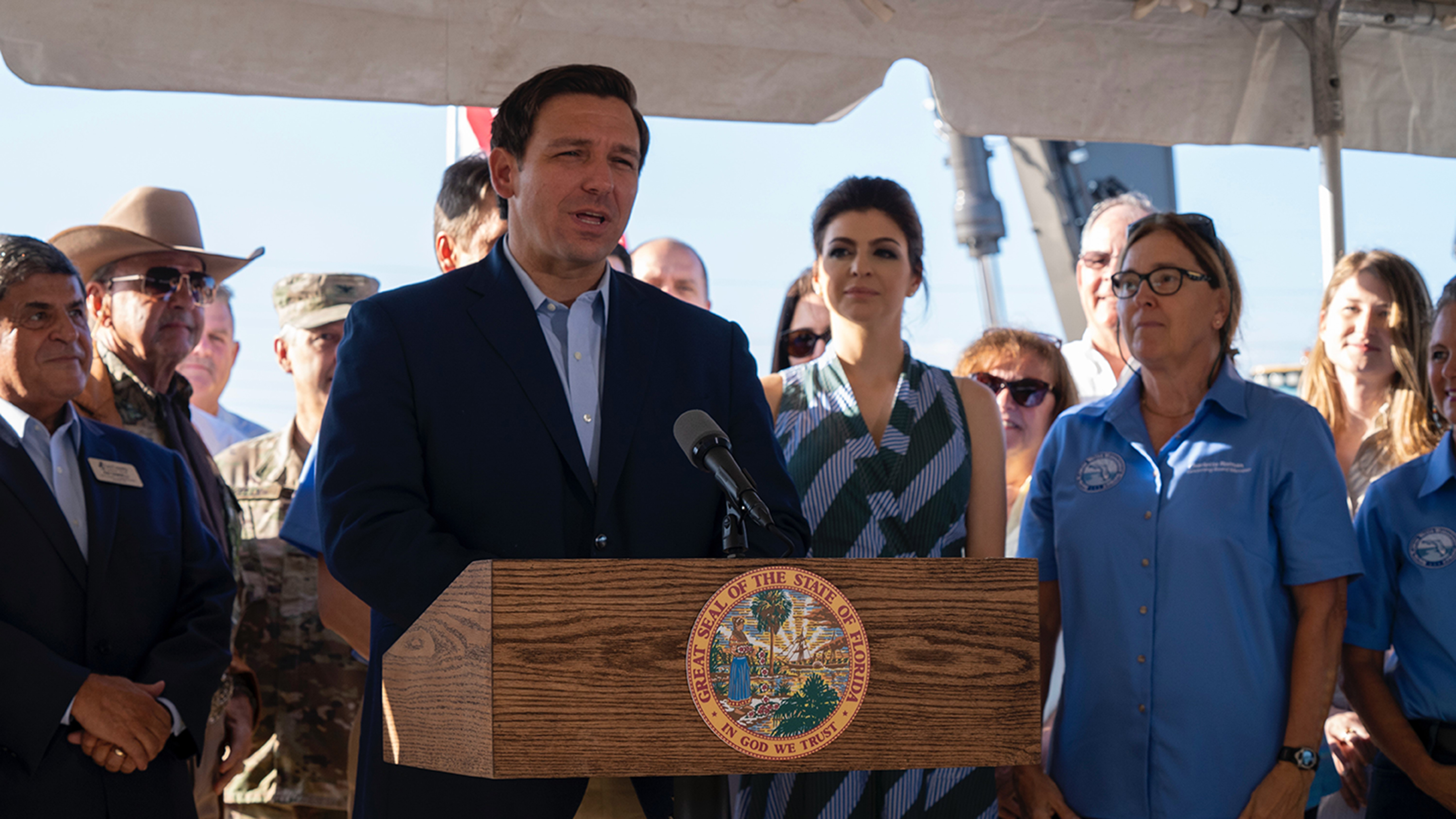
Once complete, the Caloosahatchee (C-43) West Basin Storage Reservoir will be a 10,700-acre reservoir with an average water depth of 17 feet (deepest 25 feet) with the capacity to store 170,000 acre-feet of water from Lake Okeechobee and runoff from the basin that is currently discharged to the Caloosahatchee River.
The water will then be released when needed to maintain the minimum flow levels in the Caloosahatchee river and estuary necessary to ensure a healthy salinity regime.
C-43 and Everglades' Key Priority Projects
C-44 RESERVOIR AND STORMWATER TREATMENT AREA
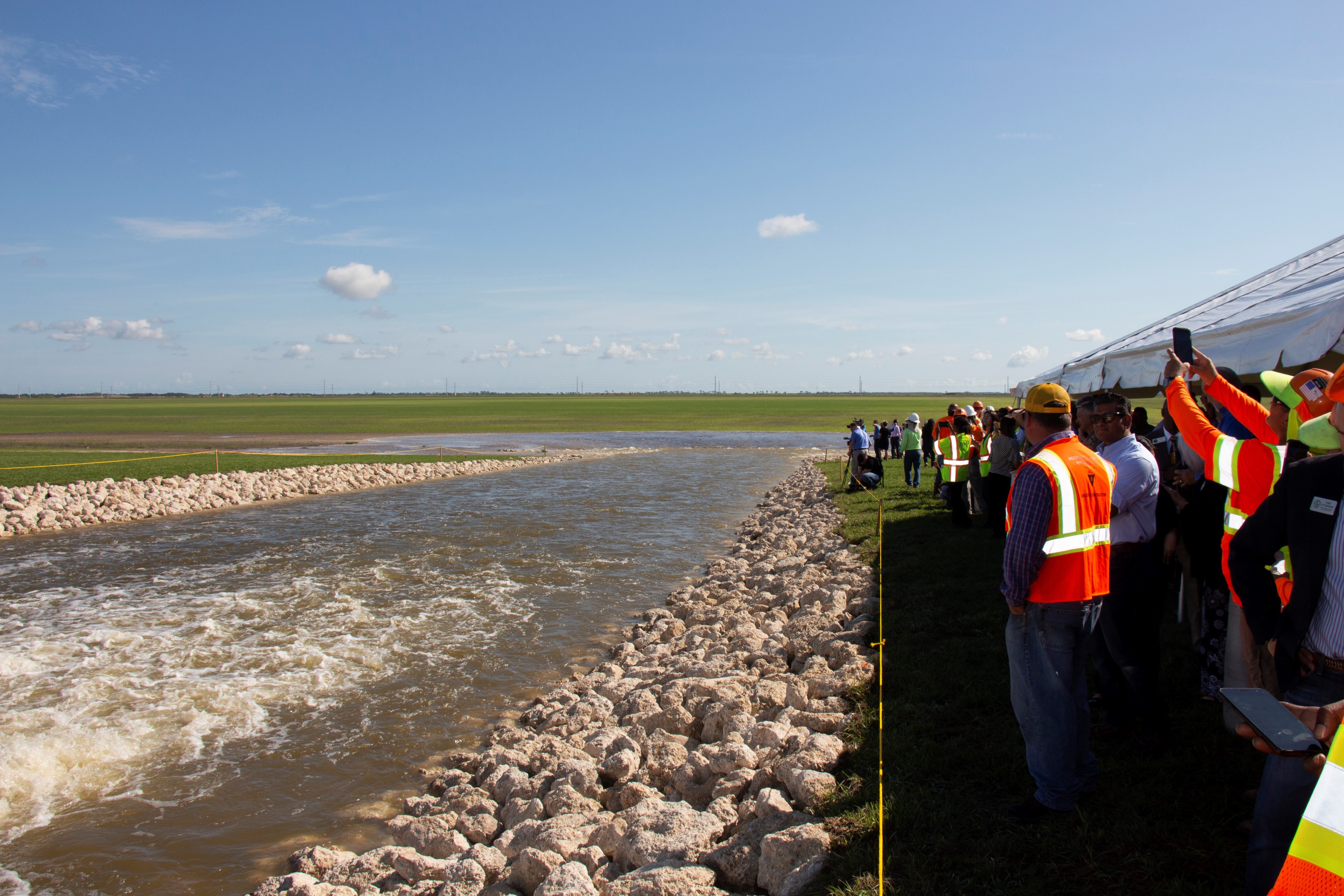
As part of the Indian River Lagoon-South project, the C-44 Reservoir and STA will capture, store and treat runoff from the C-44/S-153 basin prior to the St. Lucie Estuary – which in turn will reduce harmful freshwater discharges, decrease nutrient load and maintain desirable salinity regimes.
With an average water depth of 15 feet, the 3,400-acre reservoir will have the capacity to store 50,600 acre-feet of water.
The STA will encompass approximately 6,300 acres. This project was completed in 2021.
Everglades Key Priority Projects
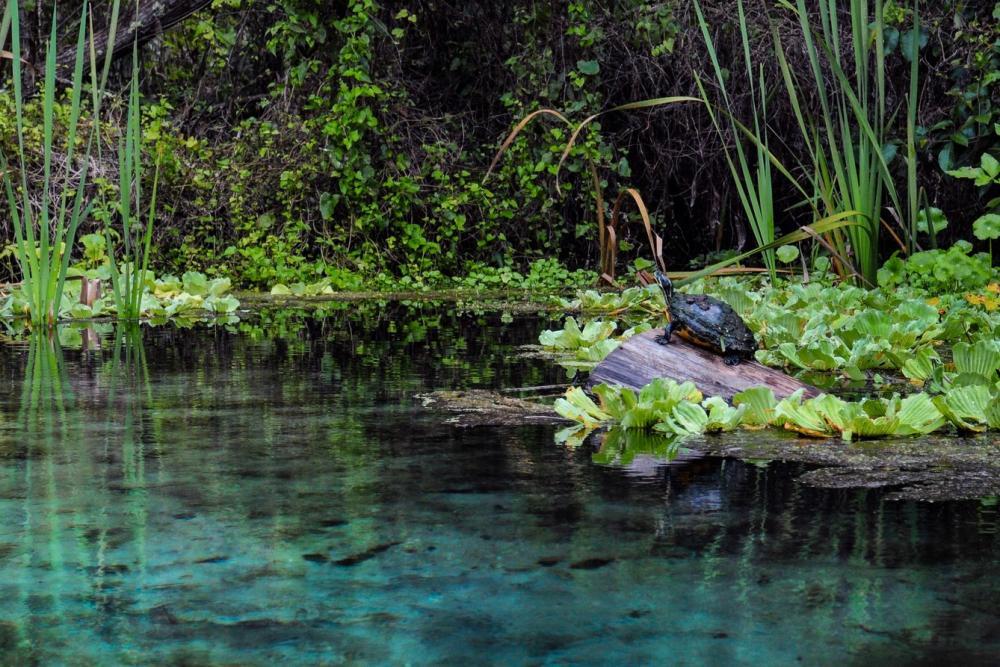
Restoration Plans
BASIN MANAGEMENT ACTION PLANS (BMAPs)
A BMAP is a framework for water quality restoration containing local and state commitments to reduce nutrient loading and other pollution through current and future projects and strategies. BMAPs contain a comprehensive set of solutions, such as permit limits on wastewater facilities, urban and agricultural best management practices, and conservation programs designed to achieve pollutant reductions established by a total maximum daily load. BMAPs are broad plans that are developed with local stakeholders and rely on local input and commitment for successful implementation.
TOTAL MAXIMUM DAILY LOADS (TMDLs)
DEP monitors the quality of waterbodies across the state by assessing their condition against the applicable water quality standards. For impaired waters, DEP may adopt a TMDL. Establishing TMDLs is an important part of protecting Florida’s waters because they are site-specific water quality restoration goals. This is a scientific determination of the maximum amount of a given pollutant that a surface water can assimilate while still meeting necessary water quality standards that protect human health and ecosystems.
ALTERNATIVE RESTORATION PLANS
DEP encourages and supports local stakeholders as they develop timely plans to restore waters that do not meet state water quality standards. This can be done through alternative restoration plans. Early implementation of restoration activities is often more cost effective and efficient. This is achieved by focusing local and state resources directly on measures that will improve water quality.
HIGHLIGHTED BMAPS
OUTSTANDING FLORIDA SPRINGS
The Florida Springs and Aquifer Protection Act provides for the protection and restoration of the state's Outstanding Florida Springs, which comprise 24 first-magnitude springs, six additional named springs and their associated spring runs. The act provides special protections for Outstanding Florida Springs. This includes water quality protections implemented through the DEP’s BMAPs. These BMAPs identify the sources of nutrient pollution, list the specific projects and programs necessary to reduce nutrient pollution, and establish priority focus areas where statutory prohibitions on certain activities apply (such as installation of new conventional septic systems).
NORTHERN EVERGLADES AND ESTUARIES PROTECTION PROGRAM
In 2007, the Florida Legislature created the Northern Everglades and Estuaries Protection Program, expanding the Lake Okeechobee Protection Act to include the Caloosahatchee and St. Lucie rivers and estuaries. The program’s primary goal is to restore and protect the state's surface water resources by addressing the quality, quantity, timing and distribution of water to the natural system. During the 2016 Legislative Session, the Florida Legislature amended the Northern Everglades and Estuaries Protection Program to strengthen provisions for implementing the BMAPs for these three basins. These BMAPs now include milestones for implementation and water quality improvement, alongside water quality monitoring components sufficient to evaluate reasonable progress over time.
St. Lucie Story Map Lake Okeechobee Story Map Caloosahatchee Story Map
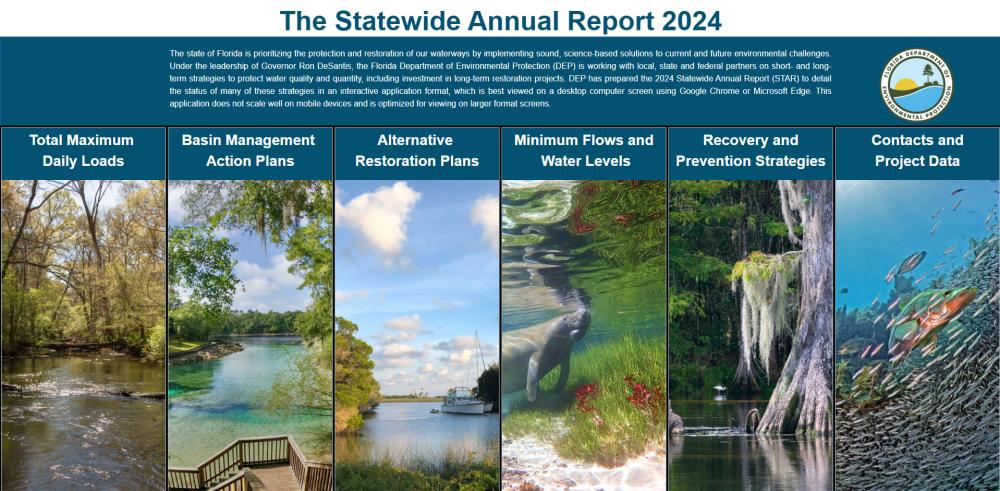
Statewide Annual Report on Water Quality and Quantity
The Florida Department of Environmental Protection is committed to protecting Florida’s water resources through multi-faceted and innovative solutions. These actions are all vital to Florida’s environment, economy and communities.
DEP works collaboratively with the Governor and Florida Legislature, water management districts, partner state agencies, local governments, the public and other stakeholders to implement projects and programs to protect our state’s iconic water resources.
DEP has prepared its annual report detailing the status of many of these key programs. The annual report is available on an interactive webpage, presenting information and summaries for TMDLs, BMAPs, minimum water levels and recovery and prevention strategies statewide. DEP welcomes you to explore specific waterbodies, geographic areas or projects of interest.